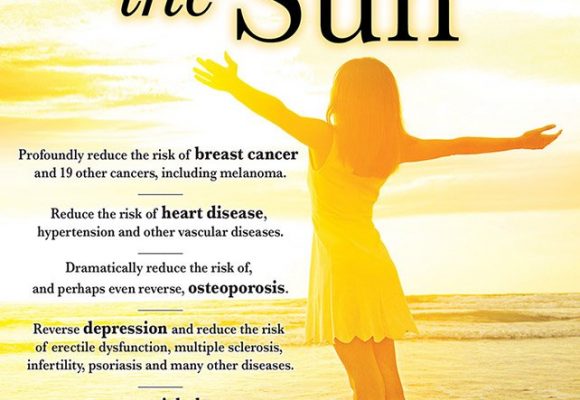Region of birth was also related to risk, with prevalence of multiple sclerosis highest in Tasmania and lowest in Queensland, suggesting exposure to sunlight during childhood and early adulthood may also be important.
Sunlight exposure levels during early pregnancy were reflected in a month of birth pattern, with Australian children born in November and December having a higher risk of developing multiple sclerosis than those born in May and June. This is consistent with previous research that found a reciprocal pattern in the northern hemisphere, where there were more cases of multiple sclerosis in people born in May and fewer in those born in November.
Study co-author Professor Anne-Louise Ponsonby said the findings indicated a need to review guidelines for vitamin D supplementation during pregnancy and childhood to help prevent multiple sclerosis.
“Low vitamin D levels can affect the development of the central nervous system or immune system,” Professor Ponsonby, of the Murdoch Childrens Research Institute, said.
“The higher risk of multiple sclerosis for people born in November and December is consistent with these infants having experienced lower levels of ultraviolet radiation during the first trimester.”
The study gathered data on the birth month, sex and region of birth of 1524 multiple sclerosis patients born in Australia between 1920 and 1950.
No association was found between daily ultraviolet radiation levels at the time of birth or in late pregnancy, and subsequent risk of multiple sclerosis. However, maternal exposure to low ultraviolet radiation levels during the first four months of pregnancy predicted a higher risk of multiple sclerosis. This effect persisted after adjustment for region of birth and appeared more important than the month of birth.
Multiple sclerosis is a disease of the central nervous system that affects an estimated 18,000 people in Australia.
Link: http://www.mcri.edu.au/pages/research/news/2010/4/lower-sunlight-exposur…

